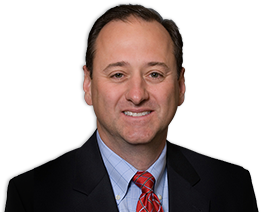Lumbar Foraminotomy, Facetectomy
The vertebrae (spinal bones) have openings known as neuroforamen on either side for the passage of spinal nerves. The neuroforamen are surrounded by tiny joints known as facet joints, present in pairs at the back of each vertebra, which connect and stabilize them together. Bone spurs, herniated intervertebral disc material, and thickened ligaments can obstruct the neuroforamen causing compression of the nerves and resulting in pain in the arms and legs.
Facetectomy and foraminotomy are the most common spinal surgical procedures recommended for patients suffering from chronic pain due to spinal nerve compression. Lumbar foraminotomy is a decompression surgery involving the removal of bone and tissue obstructing the neuroforamen to release the pressure on the spinal nerve roots. In severe cases, the entire facet joint is removed which is referred to as lumbar facetectomy.
Procedure
The surgical steps involved in foraminotomy and facetectomy are:
- The patient is sedated before the procedure
- The patient lies on their abdomen, on the operation table
- An X-ray is used to identify the positioning of the incision
- An incision is made through the skin to approach the spine
- The muscles are retracted with the help of a retractor
- Specially designed cutting instruments are then used to remove bone spurs, thickened ligaments and segments of the herniated disc
- Micro-instruments are also employed to confirm whether the compressed nerves are completely free or not
- Removal of the bones and tissues around the neuroforamen releases the compression over the nerve roots
- Unlike foraminotomy, fusion of the spine is required in facetectomy for stabilizing the spine
- Finally, the incision is sutured
Post-operative care
Patients undergoing a foraminotomy are usually discharged on the same day of the surgery whereas the facetectomy patients must stay in the hospital for a day or two after the procedure. Most patients experience pain relief immediately after the surgery. However, some may experience pain, due to muscle spasms, for a few days after the surgery. The doctor will prescribe medications such as muscle relaxants and pain killers for the management of such pain. General post-operative instructions for the patient after a lumbar foraminotomy or facetectomy include:
- Keep the incision clean and dry
- Avoid movements such as bending and twisting, for at least 6 weeks
- Regular intake of the prescribed medications
- Avoid heavy lifting
Risks
Lumbar foraminotomy or facetectomy is comparatively safe with minimal complications. Some of the potential risks of these procedures include bleeding, infection, leakage of the spinal fluid, nerve injury and injury to the spinal cord.











